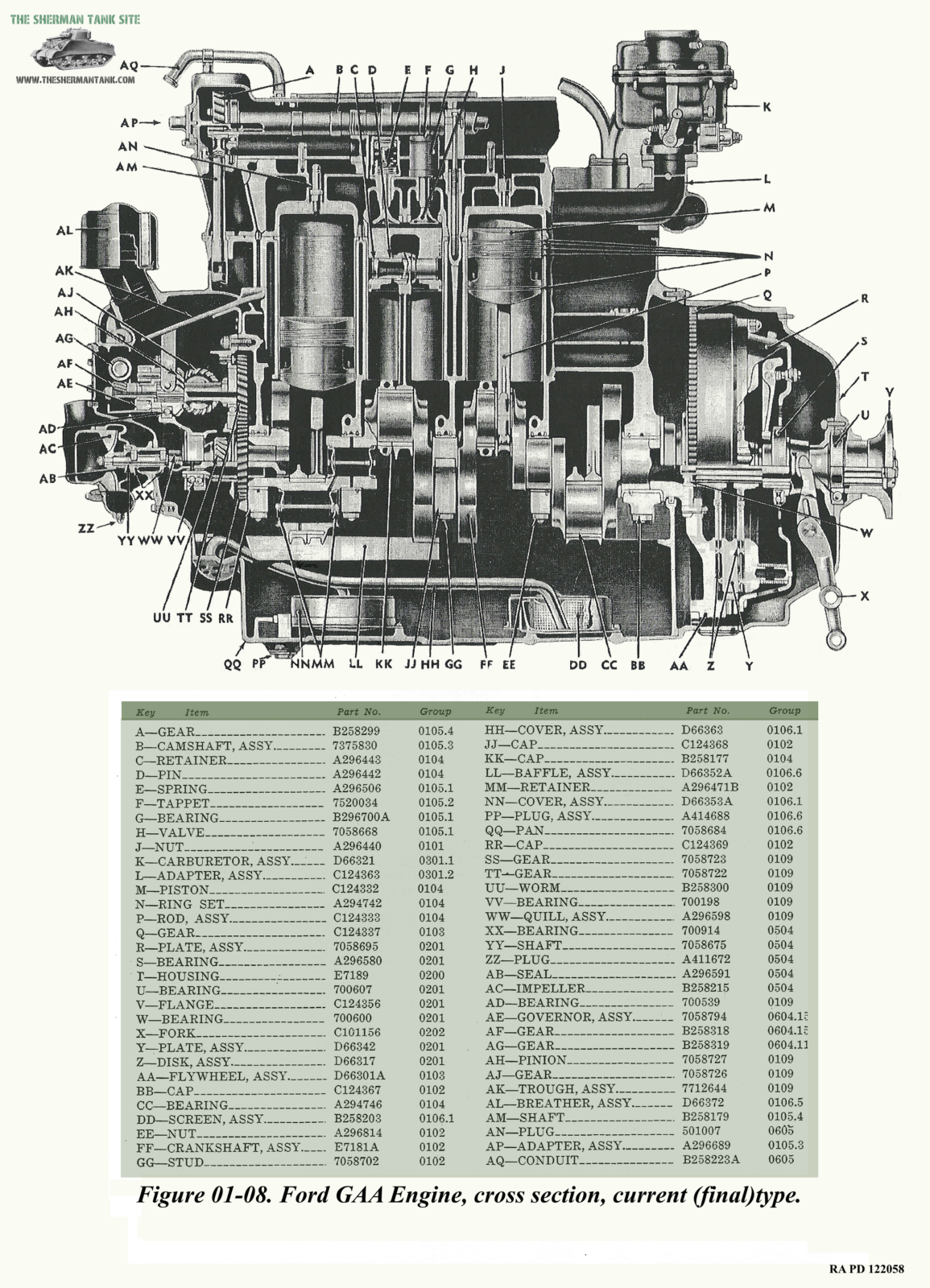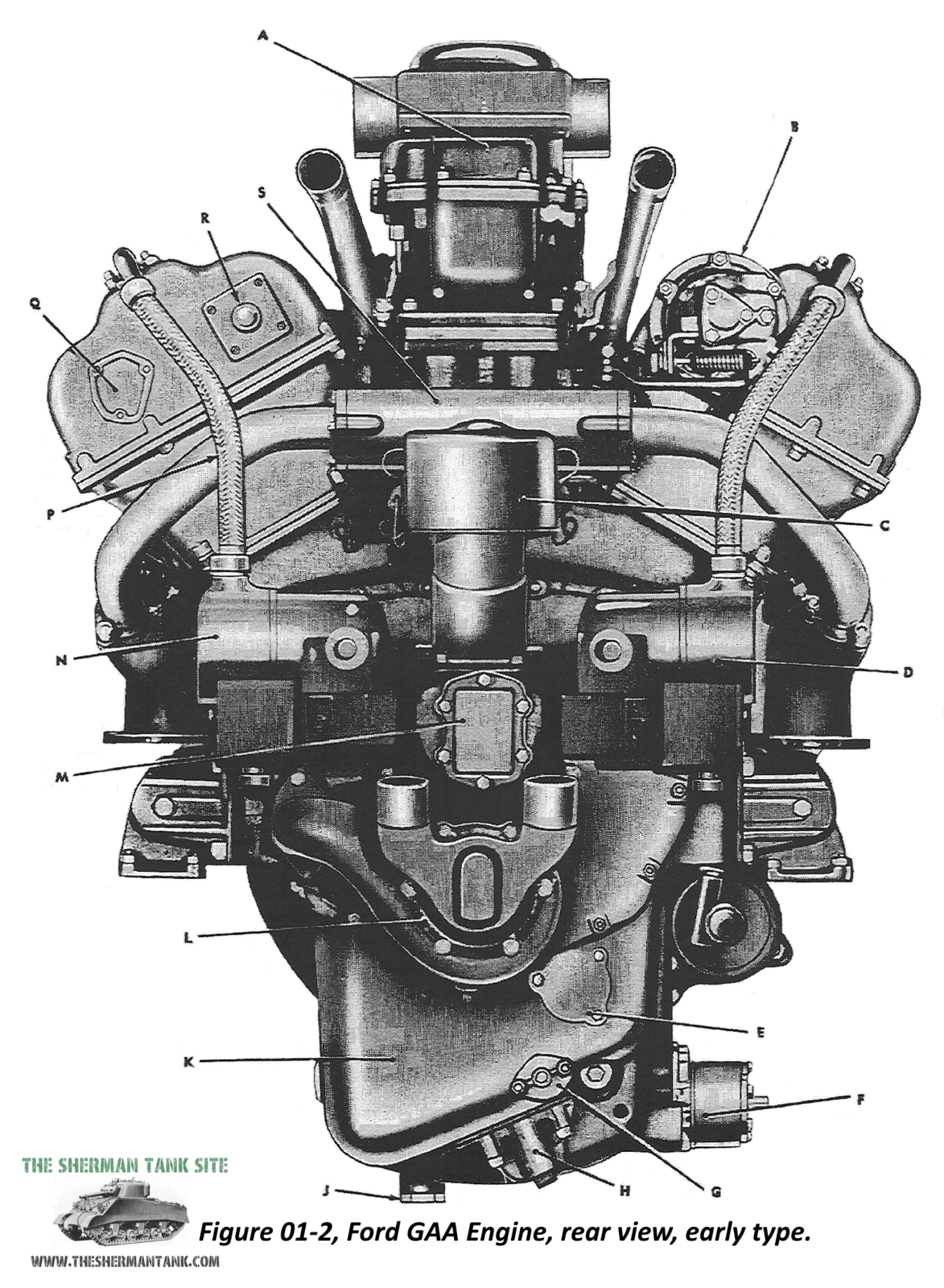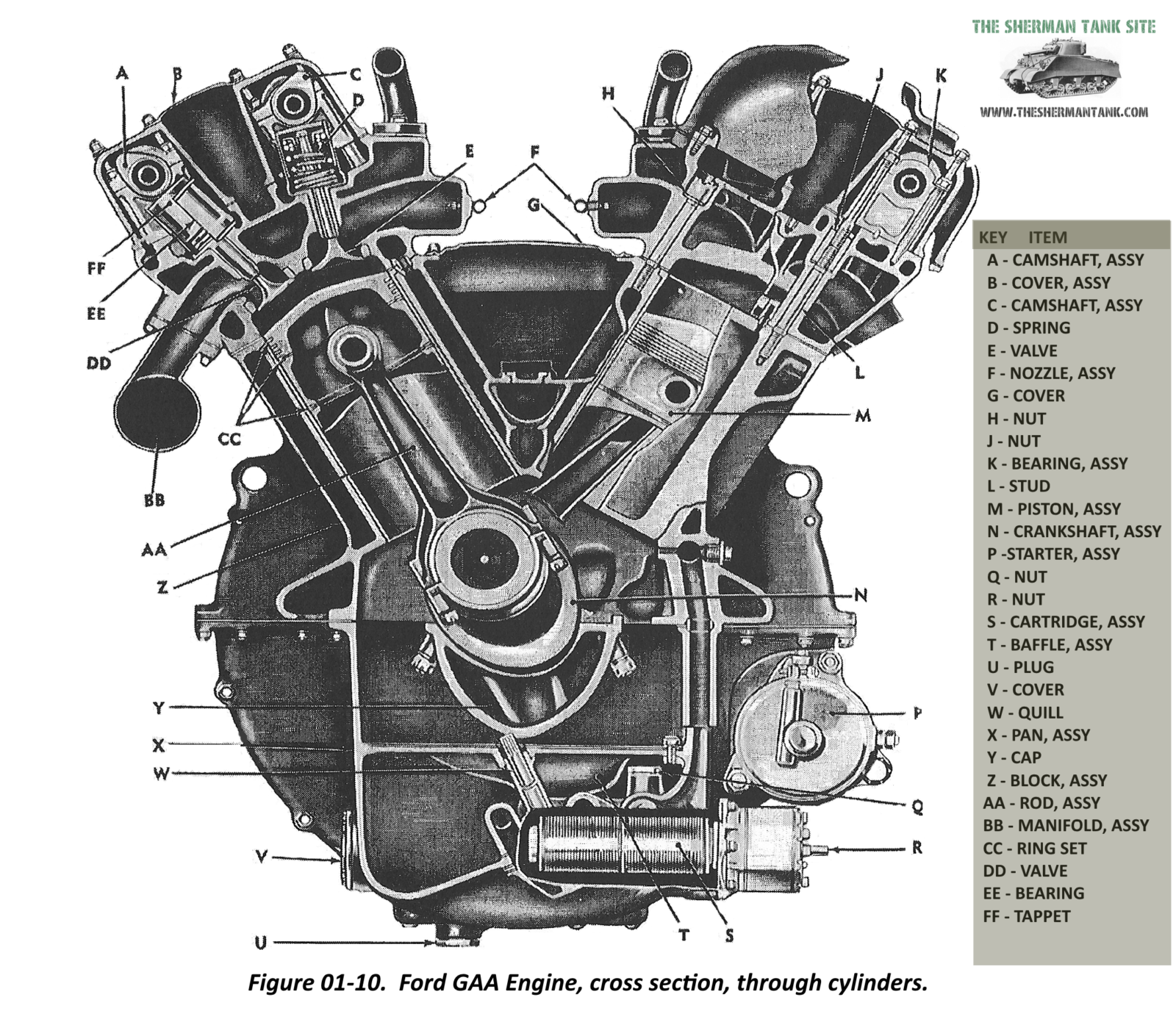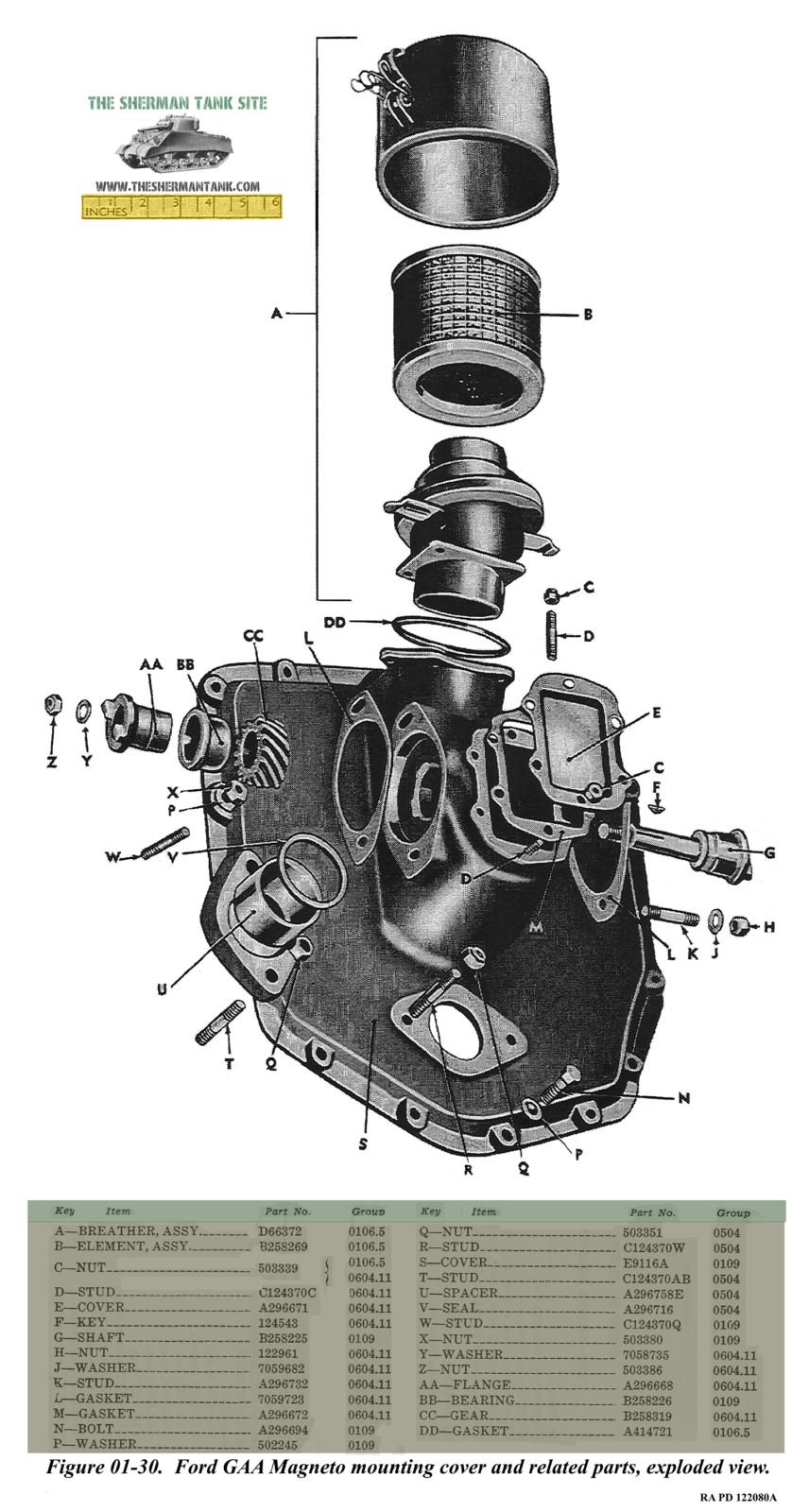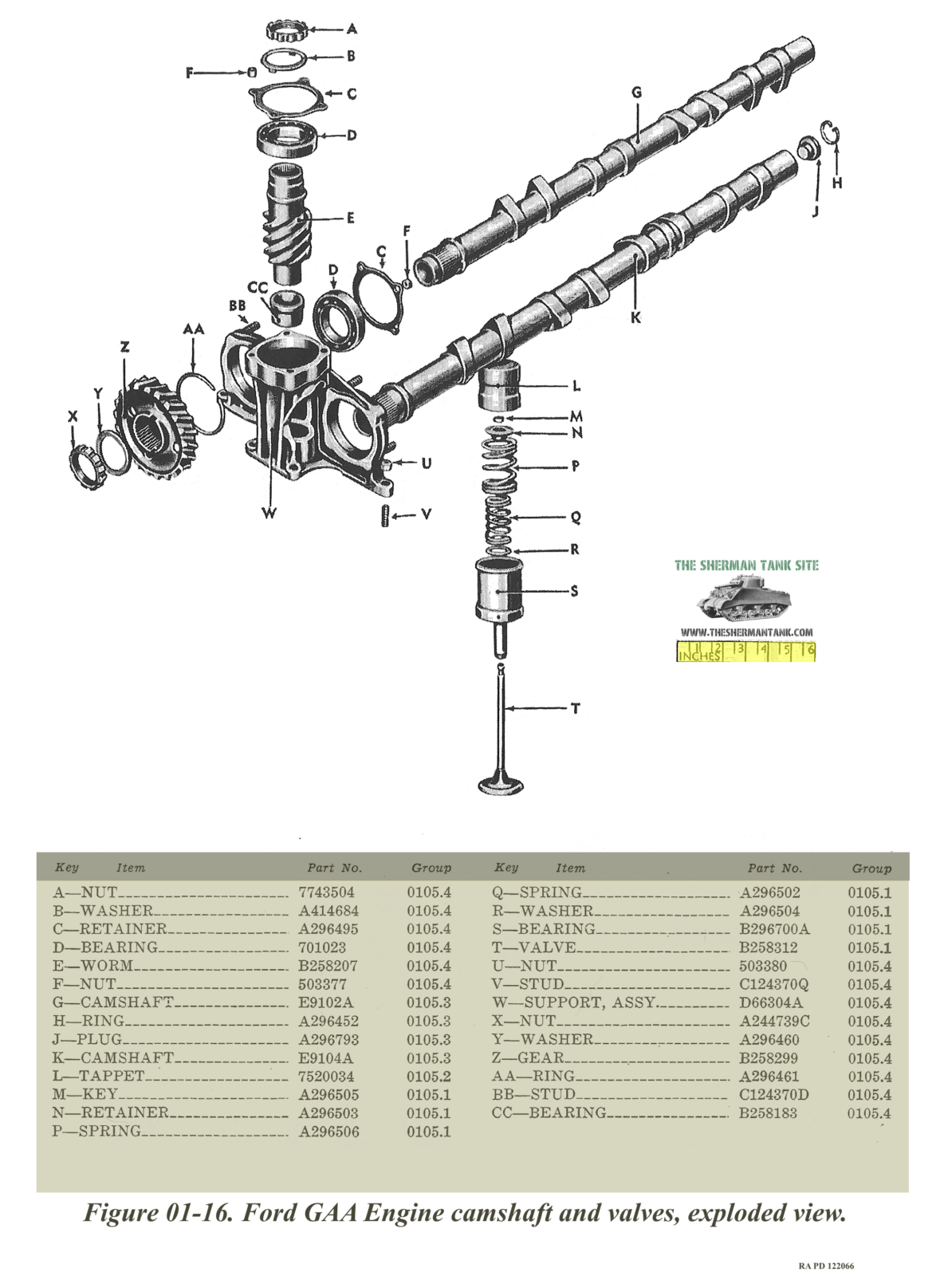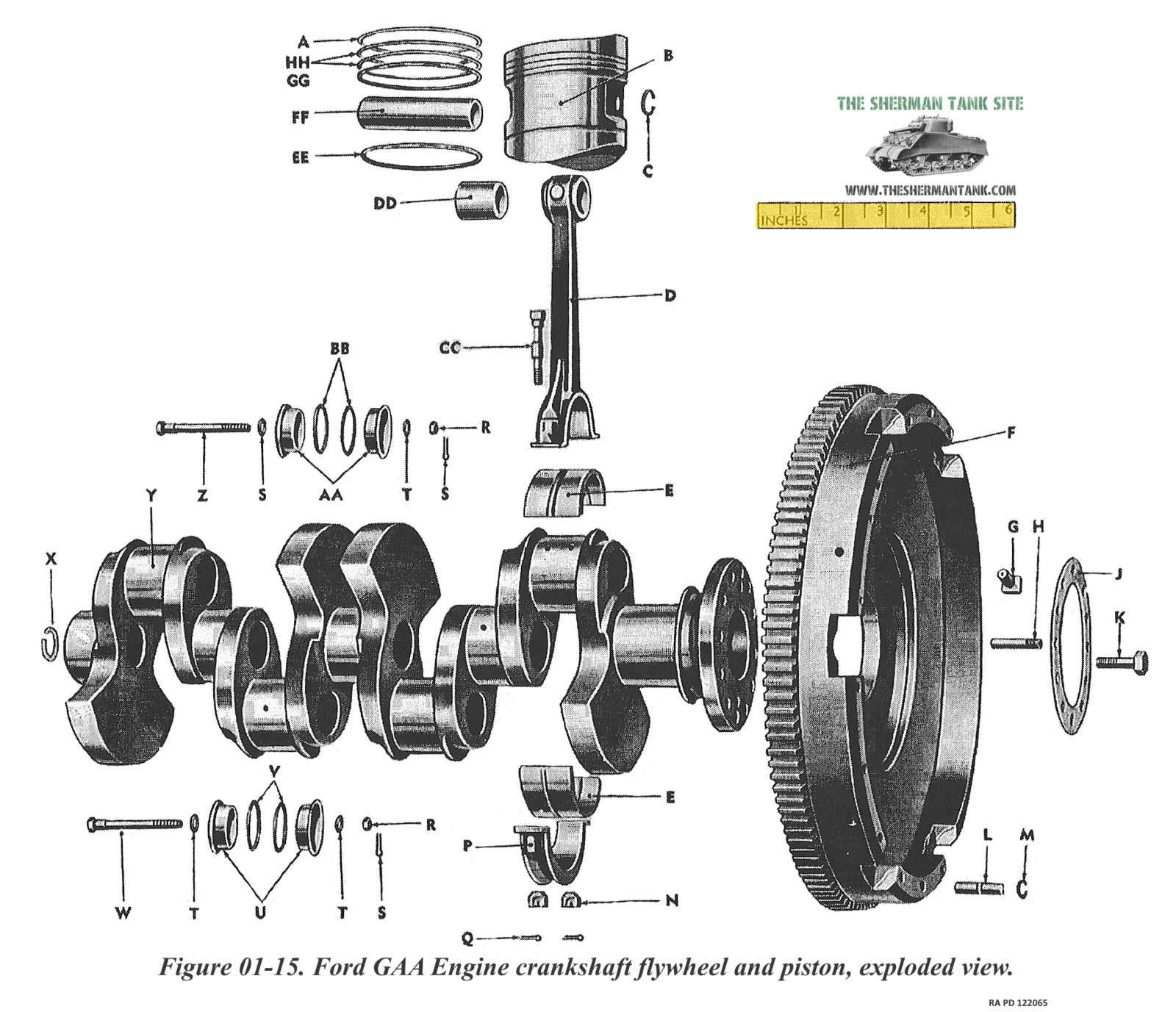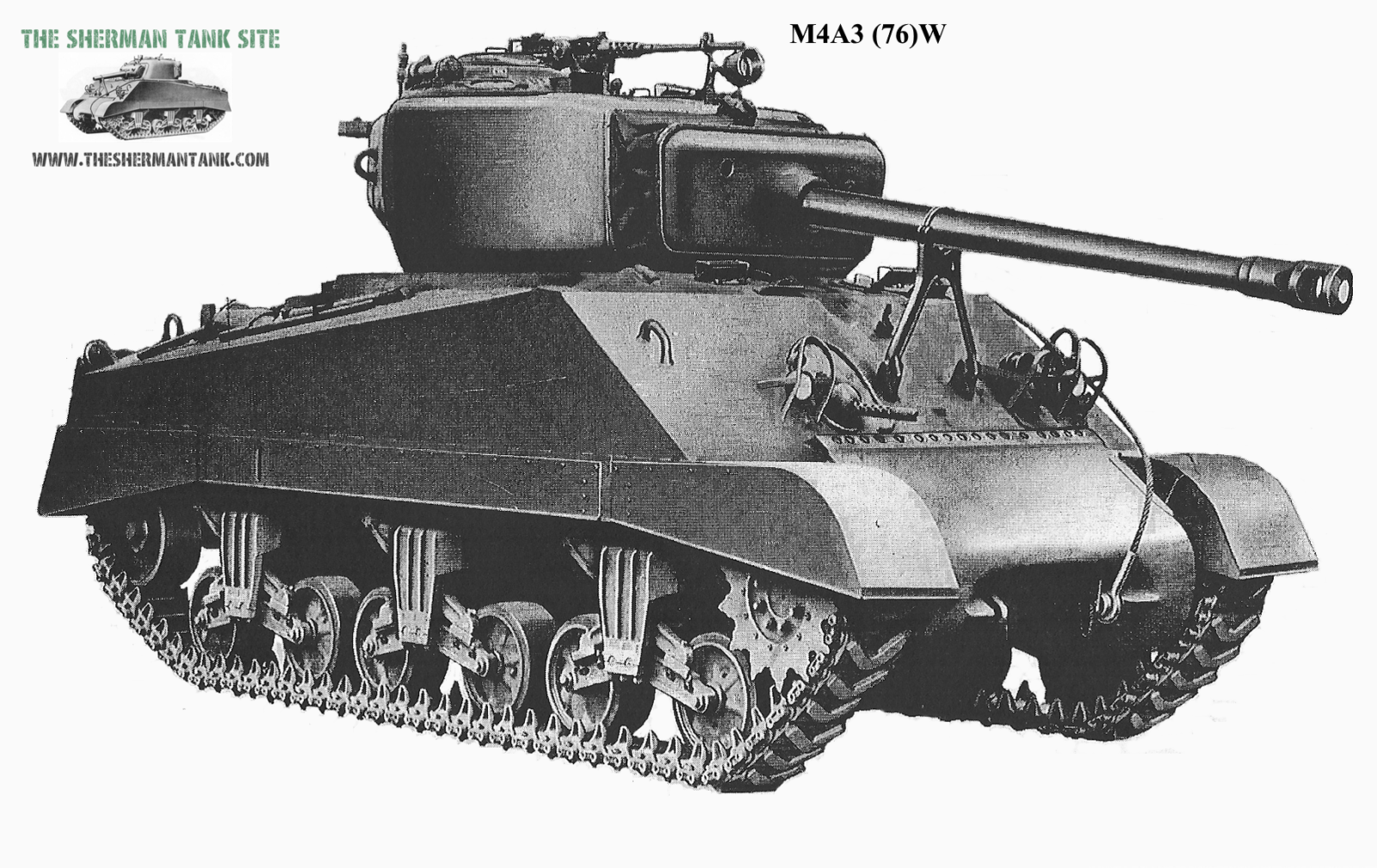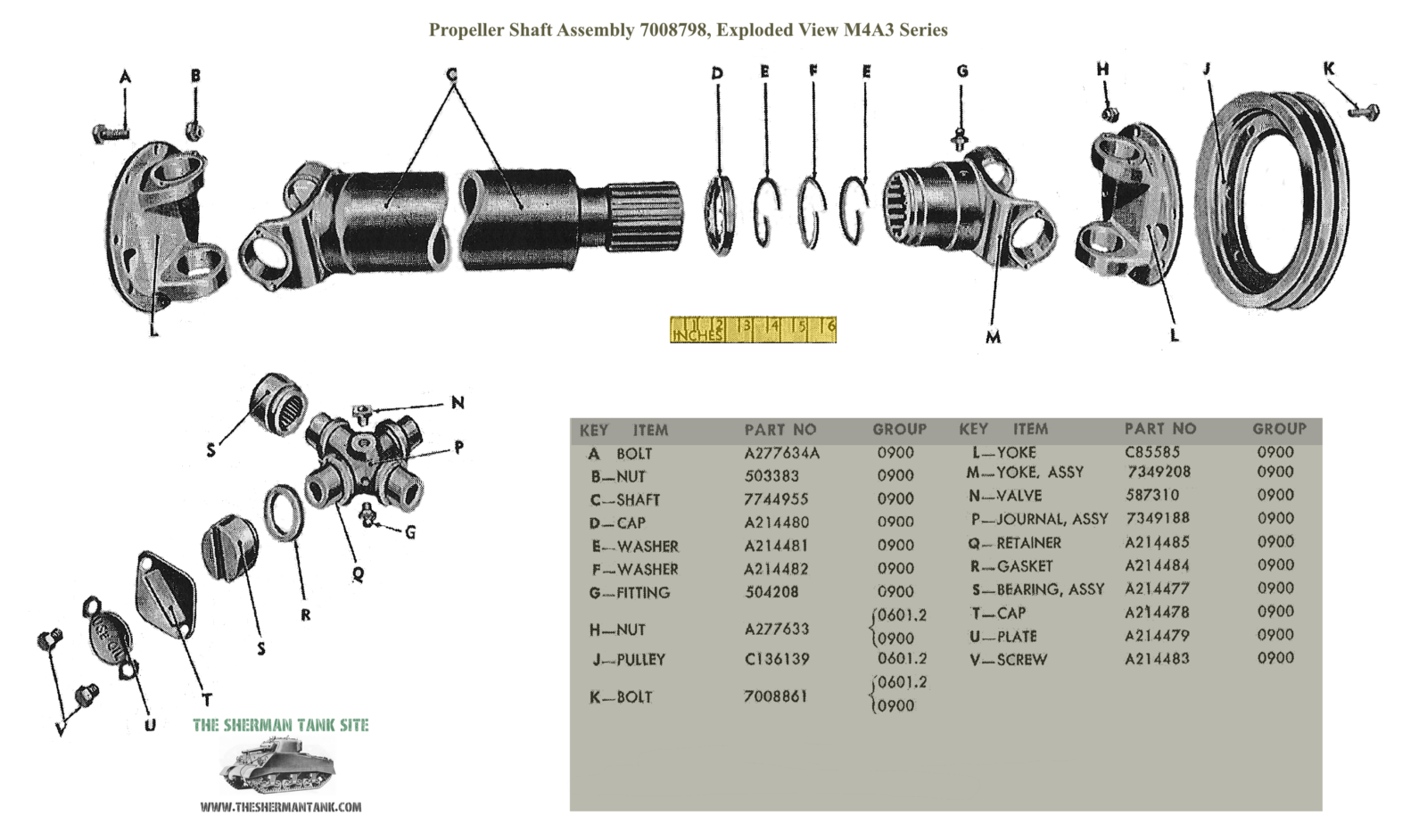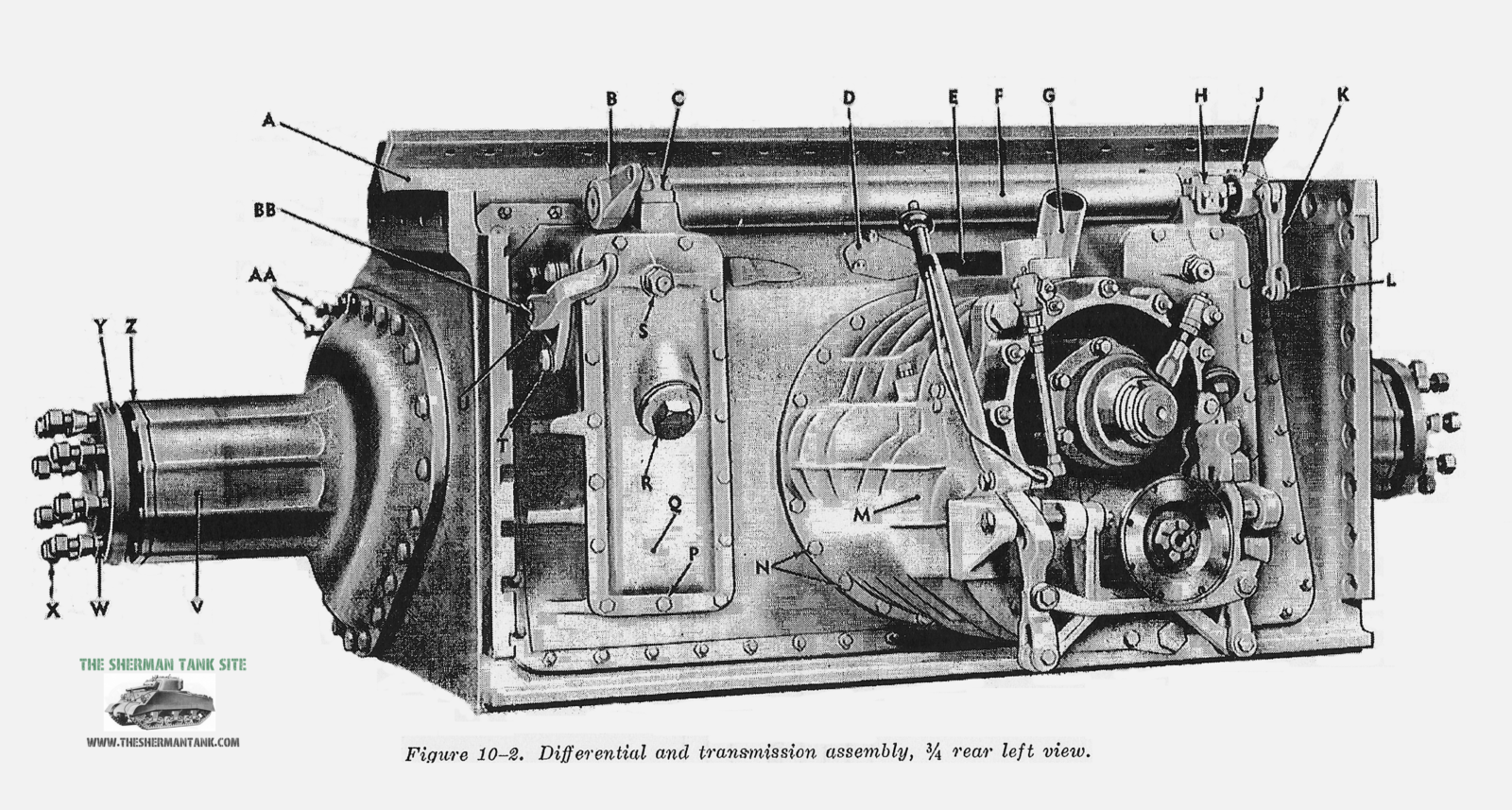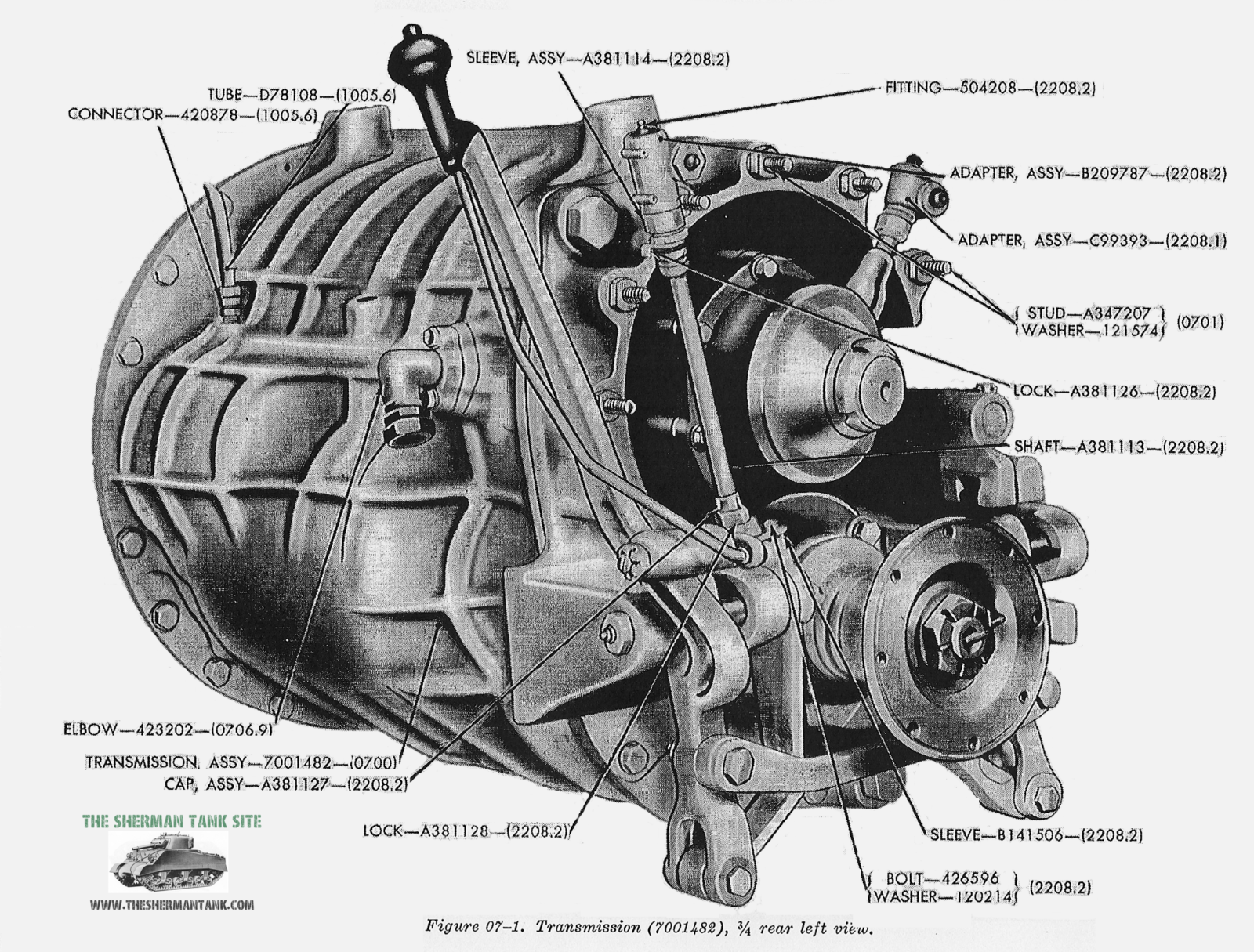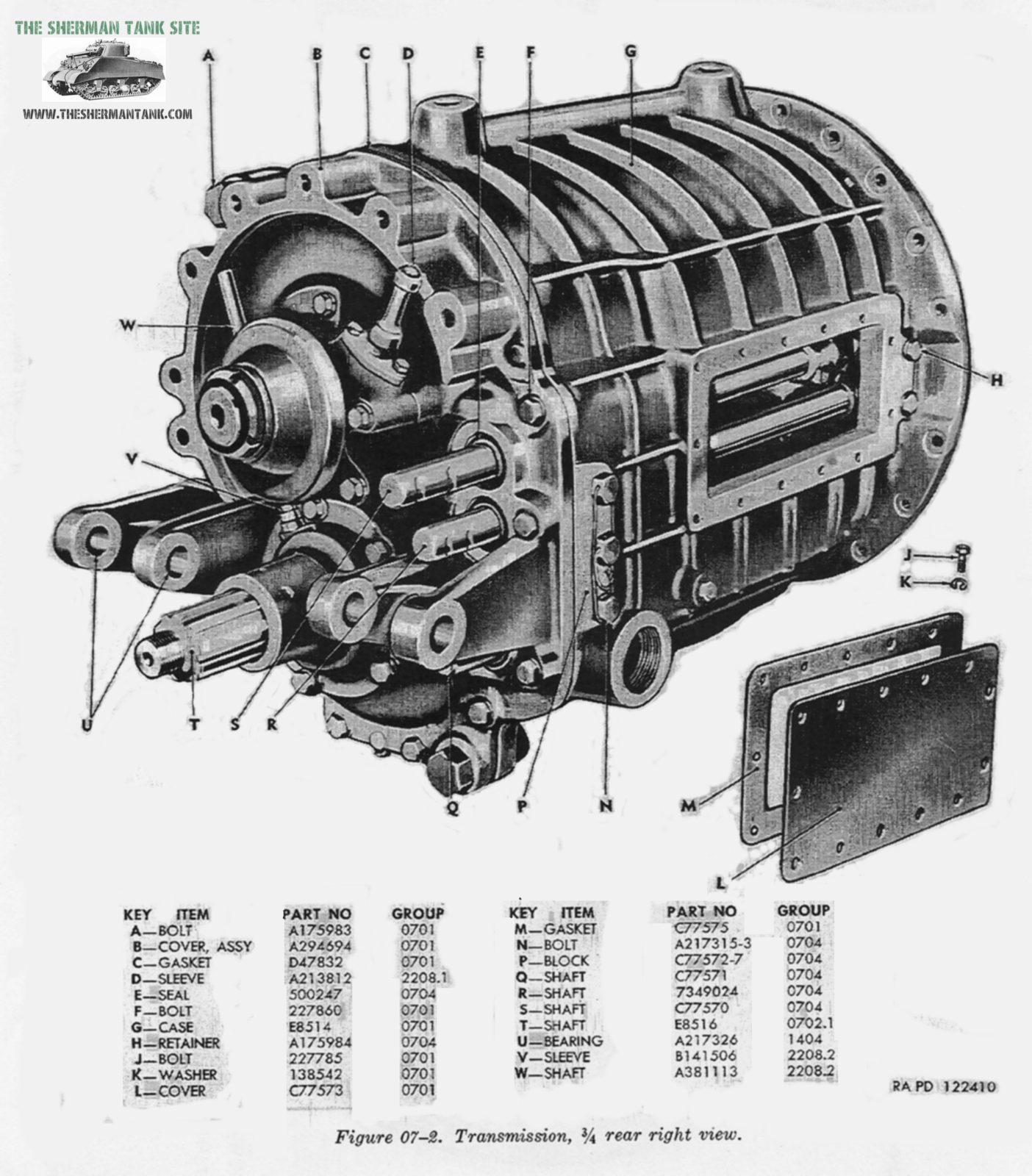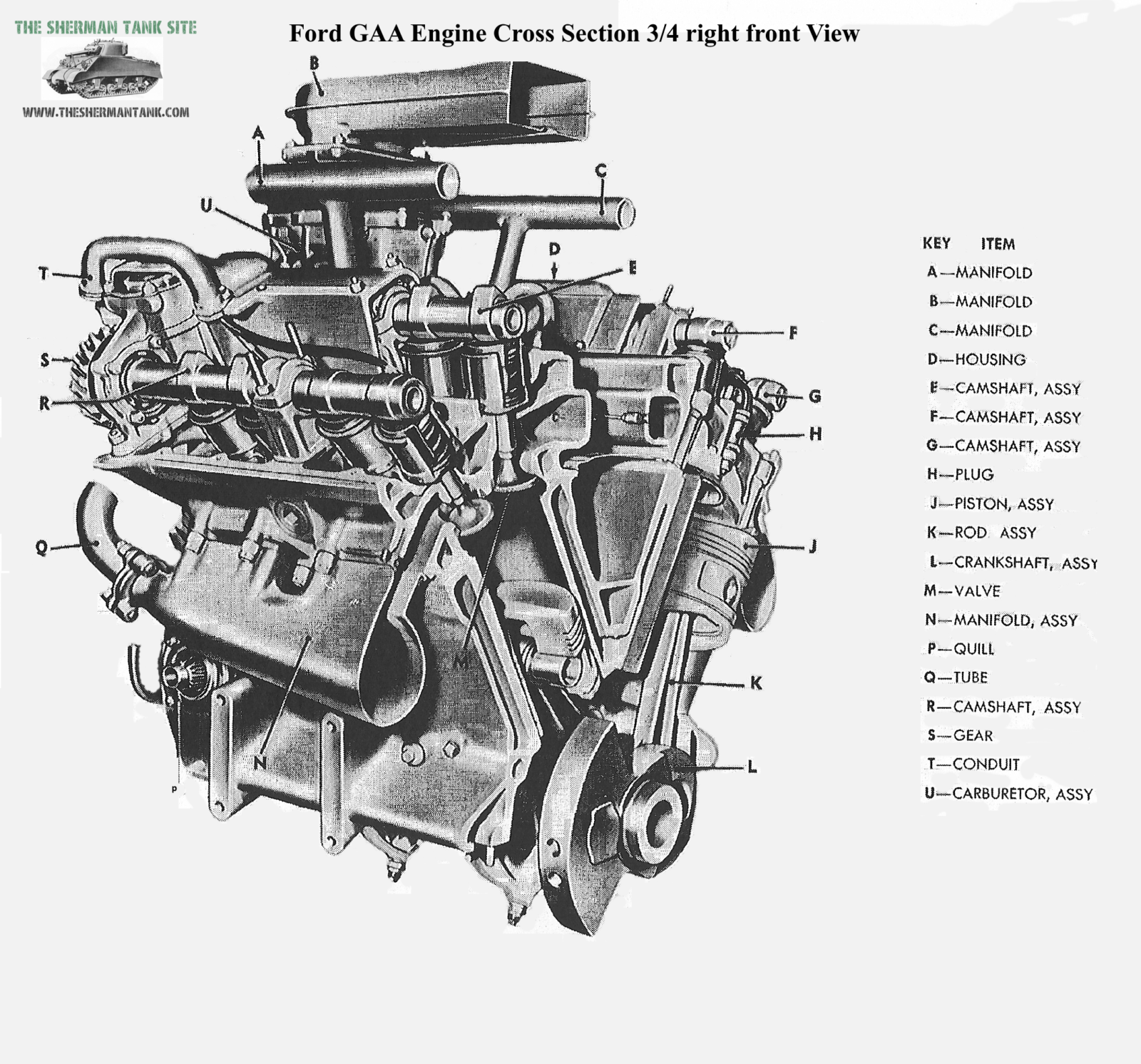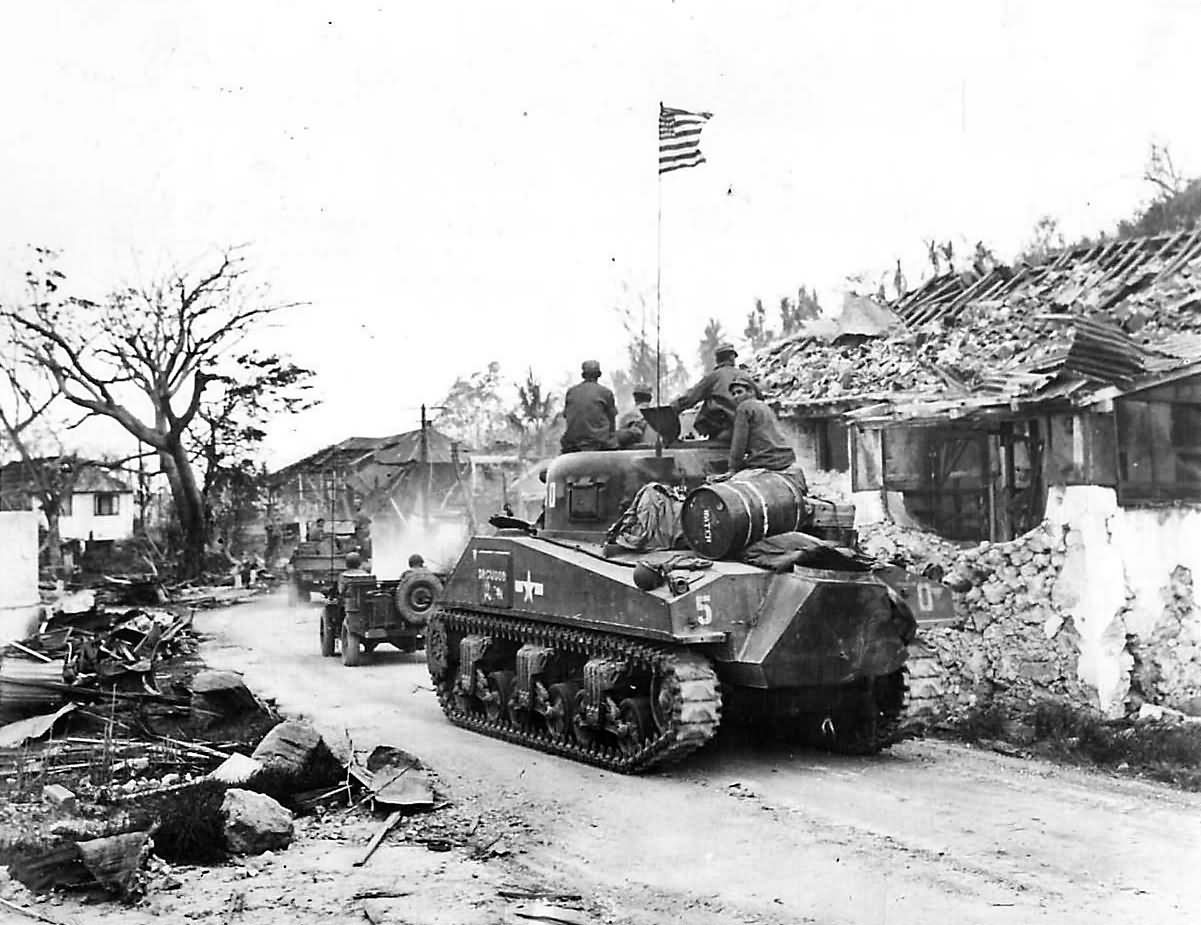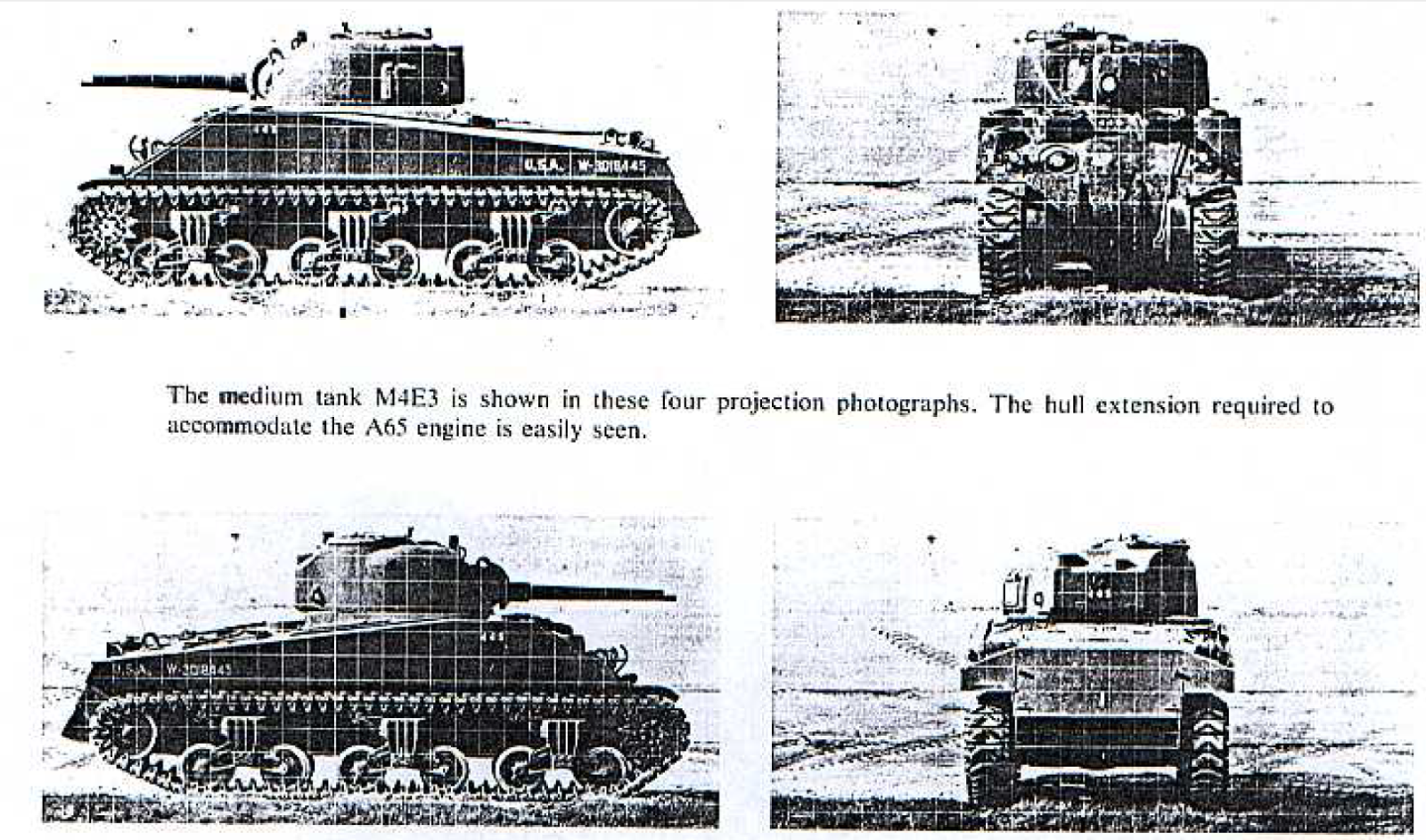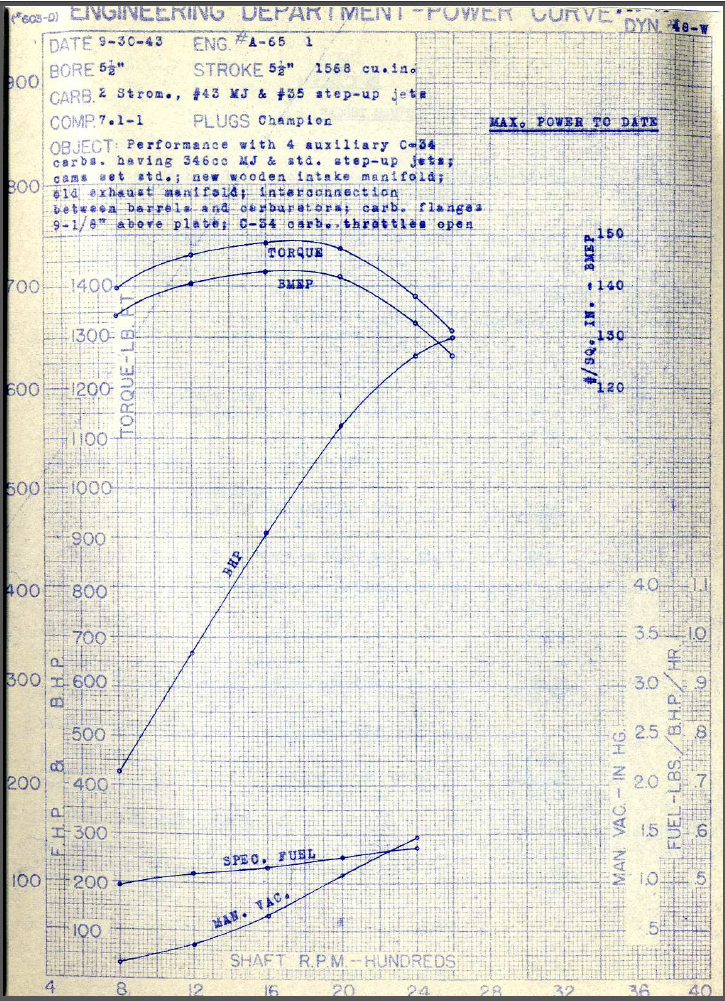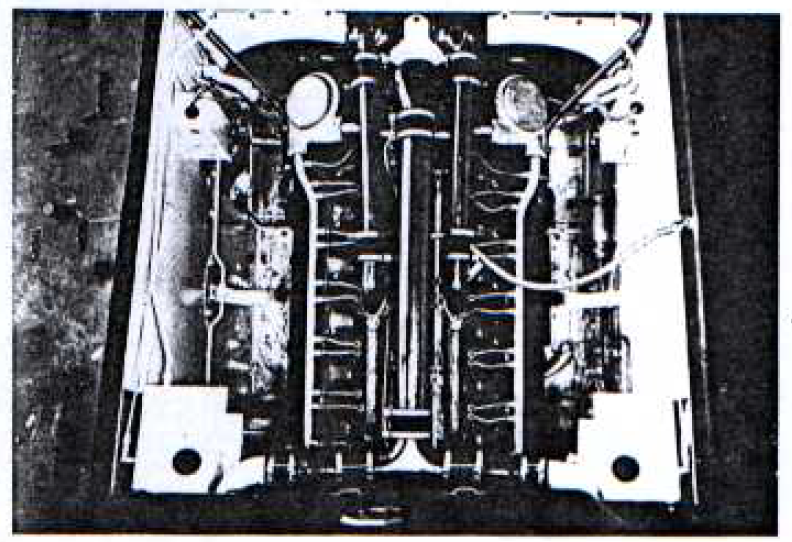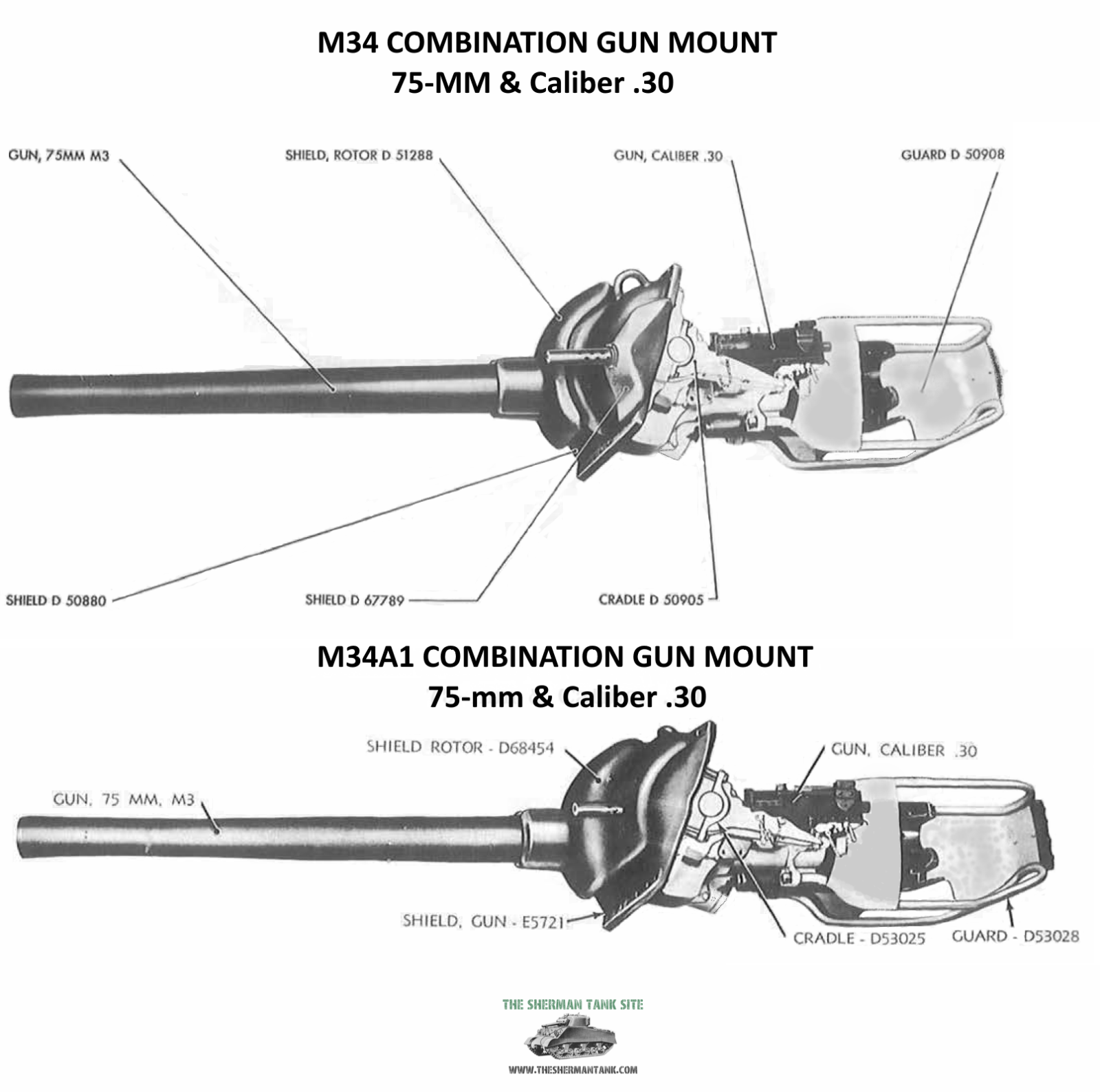 Sherman Tank Site: News Post 12, things have been changing, its all behind the scenes.
Sherman Tank Site: News Post 12, things have been changing, its all behind the scenes.
I’ve gotten my hands on a lot of manuals, and they are all great for gathering info on the Sherman, because you can almost always read them. The picture quality varies a huge amount depending on how it was created. There are some very common and easy to find Sherman manuals with terrible pictures. For example the two I have on the M4A3, and the manual on the Ford GAA, both were probably photocopied multiple times, then scanned on a really early scanner.
This means, the pictures at best, are mostly black blobs, and even the text isn’t great. All isn’t lost with these, as the line drawings usually come through ok. In some cases the manuals being sold online are these terrible photo copies printed into a cheap book with no improvements to the quality at all.
Some of these manuals have been scanned in by people with decent scanners, and these though much larger, have much nicer photo quality. Even if the scans are good, the original has to be good as well, and in some cases that’s really mixed. I have several, scanned at very high resolution, making them restorable, to some degree.
I’ve done the most work on the Ford GAA imaged I have, and the tranny. Here is a selection of the ones I’ve done, but not all. Check out the power train and GAA pages for all of them. These are relaxing to do, and I have a ton to work with so keep checking around the site!
